Looking To Increase Your Maximum
Jump Height?
 Run sprints to improve your cardiovascular fitness. In order to build an explosive jump that will propel you higher and longer, you need to build your cardiovascular capacity. Long jumpers need to be able to do short bursts of work with incredible force, and sprints are a great way to train the body for that work. Start with six rounds of 100-meter sprints with a minute or two of recovery in between. See if you can maintain or even beat your time on the first round through the sixth round. Try to improve on your time, and then move up to 200-meter sprints using the same format. Practice sprints at least once per week.
Run sprints to improve your cardiovascular fitness. In order to build an explosive jump that will propel you higher and longer, you need to build your cardiovascular capacity. Long jumpers need to be able to do short bursts of work with incredible force, and sprints are a great way to train the body for that work. Start with six rounds of 100-meter sprints with a minute or two of recovery in between. See if you can maintain or even beat your time on the first round through the sixth round. Try to improve on your time, and then move up to 200-meter sprints using the same format. Practice sprints at least once per week.
P erform weight-bearing exercise to build the strength necessary for explosive power. If you really want to jump high, you need strength in your legs to power the jump. Train with squats at an increasing intensity, i.e. increasing weight, over a six-to-eight-week period. Stick to compound exercises that use more than one muscle group, as these exercises will be more effective and efficient for long-jump training. Don’t forget to train your upper body as well; you need to use the strength in your arms and abdomen to jump higher, so work on building total body strength. Do exercises like squat presses, pushups and pull-ups to efficiently build total body strength.
erform weight-bearing exercise to build the strength necessary for explosive power. If you really want to jump high, you need strength in your legs to power the jump. Train with squats at an increasing intensity, i.e. increasing weight, over a six-to-eight-week period. Stick to compound exercises that use more than one muscle group, as these exercises will be more effective and efficient for long-jump training. Don’t forget to train your upper body as well; you need to use the strength in your arms and abdomen to jump higher, so work on building total body strength. Do exercises like squat presses, pushups and pull-ups to efficiently build total body strength.
 Train with plyometrics. Plyometrics is a form of exercise training that uses jumping, hopping and bounding motions to build speed and strength. It makes perfect sense to use this sort of training to improve both the length and the height of your long jump. A common example of plyometrics is the squat jump. Instead of doing a normal squat, where your feet never leave the ground, the plyometric jump squat involves an explosive leap off the ground at the end of the squat, which not only builds strength, but also builds explosive power in the legs.
Train with plyometrics. Plyometrics is a form of exercise training that uses jumping, hopping and bounding motions to build speed and strength. It makes perfect sense to use this sort of training to improve both the length and the height of your long jump. A common example of plyometrics is the squat jump. Instead of doing a normal squat, where your feet never leave the ground, the plyometric jump squat involves an explosive leap off the ground at the end of the squat, which not only builds strength, but also builds explosive power in the legs.
However, not all plyometrics exercises are suitable for training for all sports. Choose exercises that closely mimic the actions of your sports. For long jumping, an exercise that includes forward motion rather than just vertical motion would be most appropriate. Suitable exercises for increasing your explosive power would be 10- or 20-meter bounds and hops, tuck jumps and split jumps. When performing these exercises, focus on increasing the explosive power of your jump, which will improve jumping height and length.
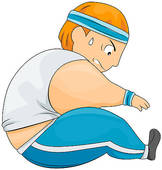 Stretch to increase flexibility of muscles and range-of-motion of joints. Think of your muscles as elastic bands; they need to be supple and pliable in order to expand and contract while you’re jumping. Practice yoga a few times a week, or at least stretch before and after each workout. Be sure you are warmed up before stretching to prevent injury.
Stretch to increase flexibility of muscles and range-of-motion of joints. Think of your muscles as elastic bands; they need to be supple and pliable in order to expand and contract while you’re jumping. Practice yoga a few times a week, or at least stretch before and after each workout. Be sure you are warmed up before stretching to prevent injury.


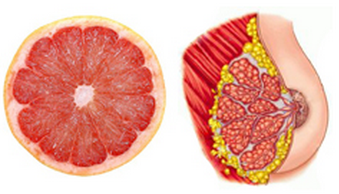 out of the breasts! According to Dr. Moulavi, “Grapefruit contains substances called limonoids, which have been shown to inhibit the development of cancer in lab animals and in human breast cells.”
out of the breasts! According to Dr. Moulavi, “Grapefruit contains substances called limonoids, which have been shown to inhibit the development of cancer in lab animals and in human breast cells.”

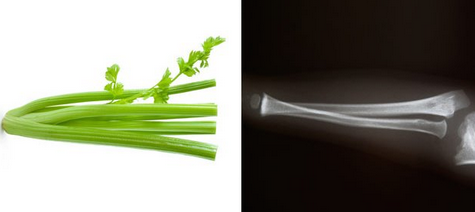



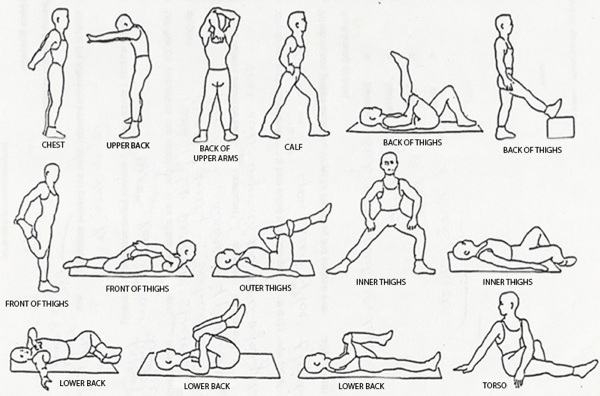

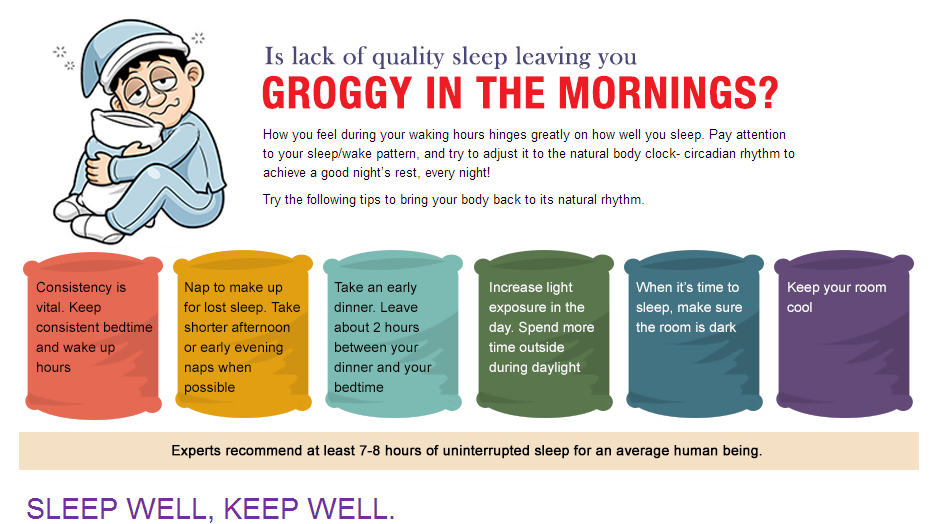




 t of 50 push-ups and his chest barely goes near the floor and his elbows are fully bent! Instead of doing 50 “bunnies” as we refer to the fake push-up, just do a good set of 20-25 and thru consistency; over time those numbers will increase. A perfect push up means your head is up, back is straight and you perform a full range of motion touching your chest to the floor. Even if you can only do five perfect pushups, that is fine. Start there and work your way up each week.
t of 50 push-ups and his chest barely goes near the floor and his elbows are fully bent! Instead of doing 50 “bunnies” as we refer to the fake push-up, just do a good set of 20-25 and thru consistency; over time those numbers will increase. A perfect push up means your head is up, back is straight and you perform a full range of motion touching your chest to the floor. Even if you can only do five perfect pushups, that is fine. Start there and work your way up each week.









